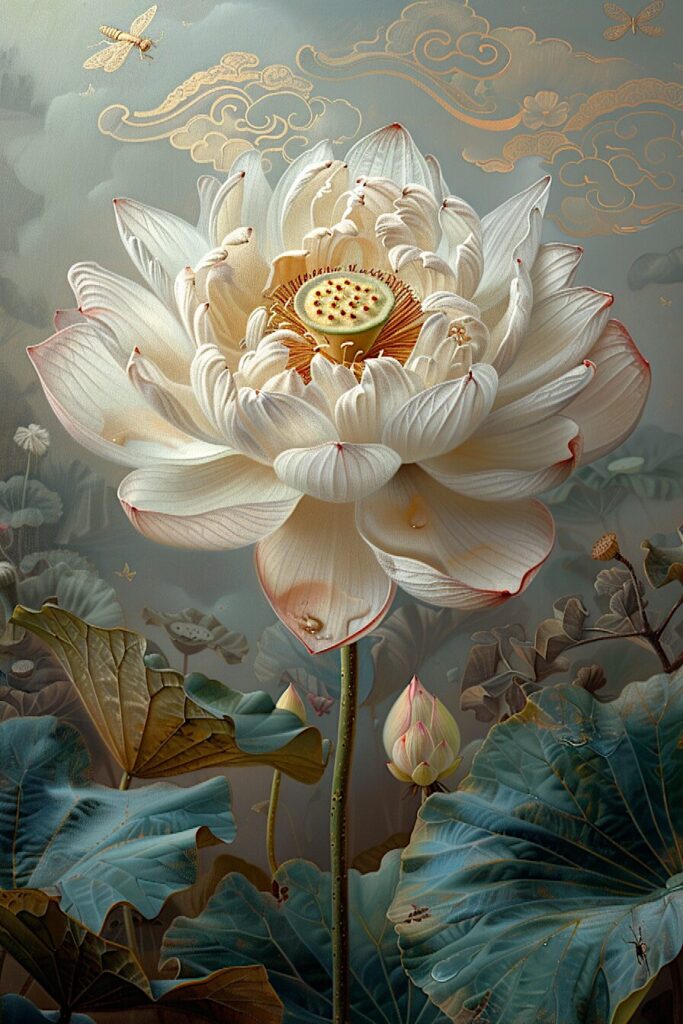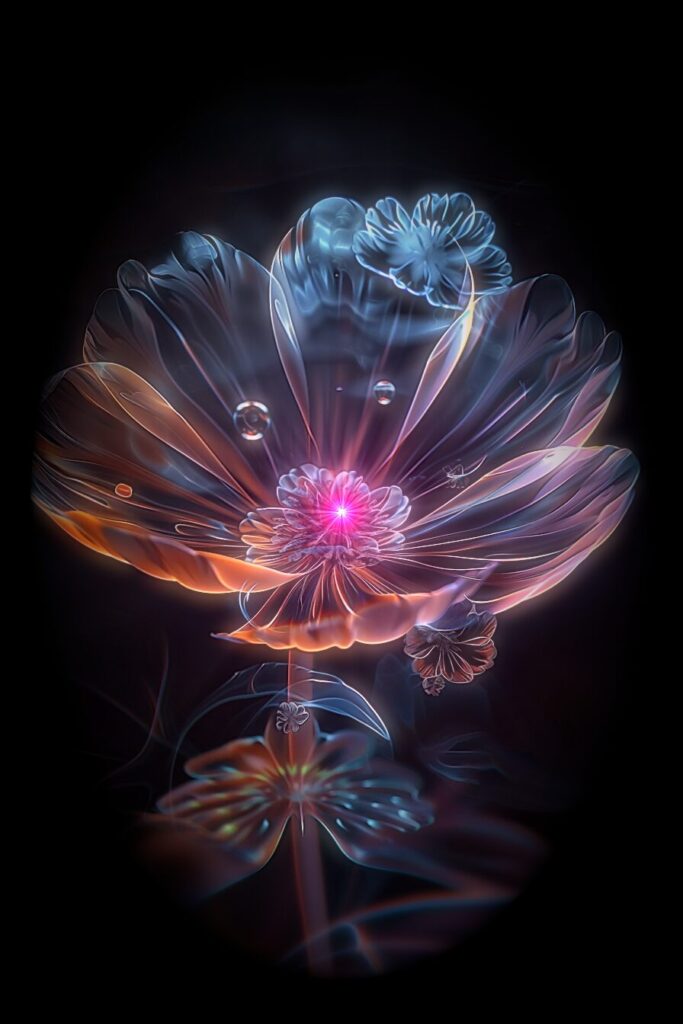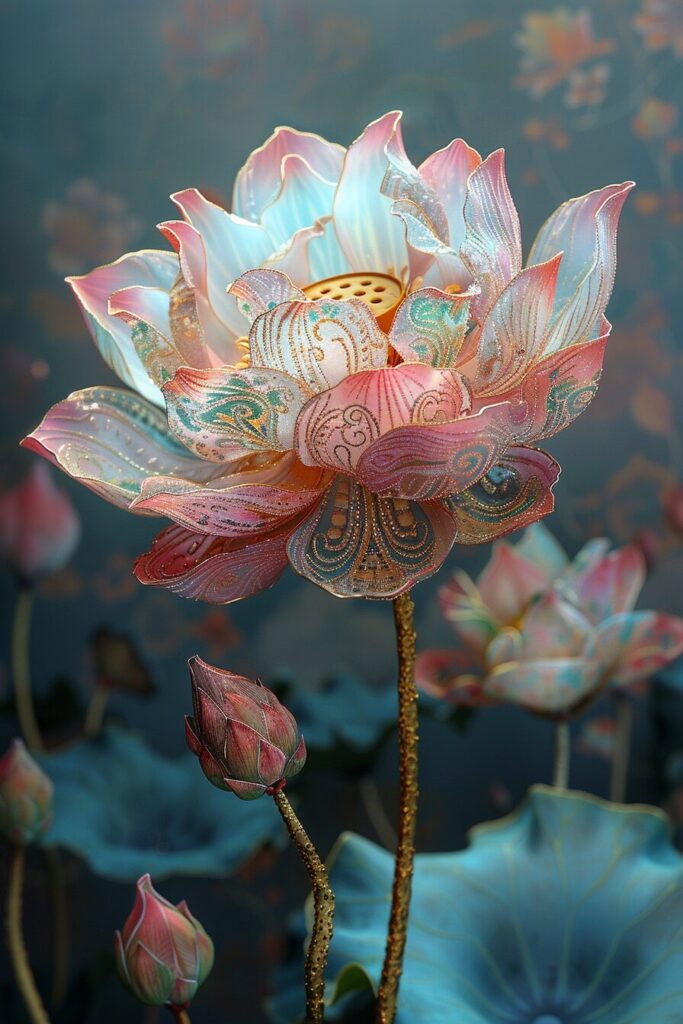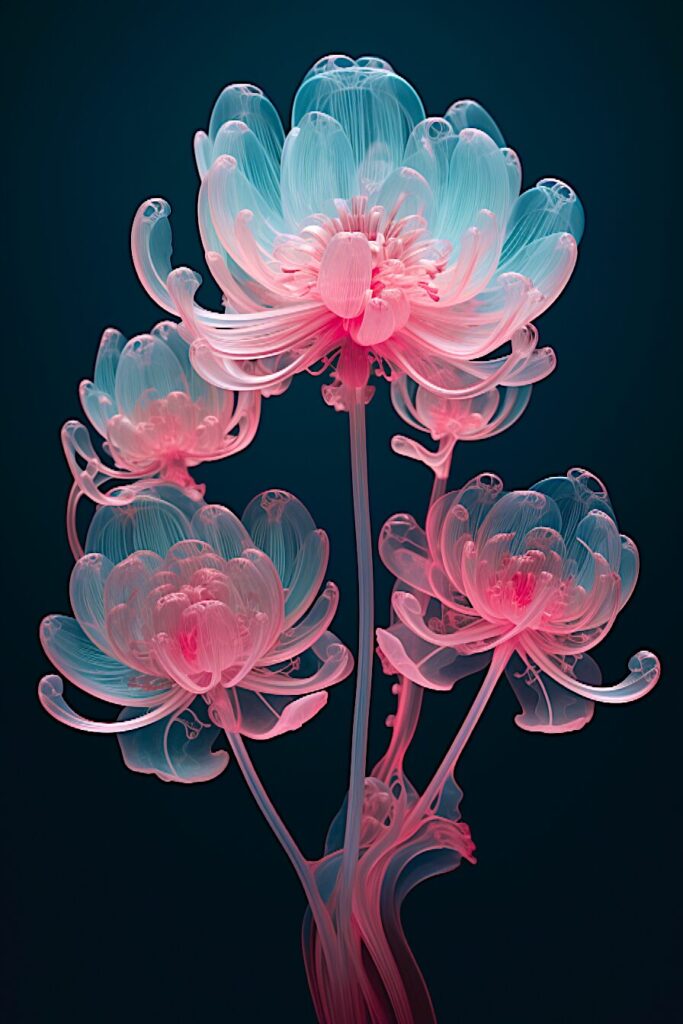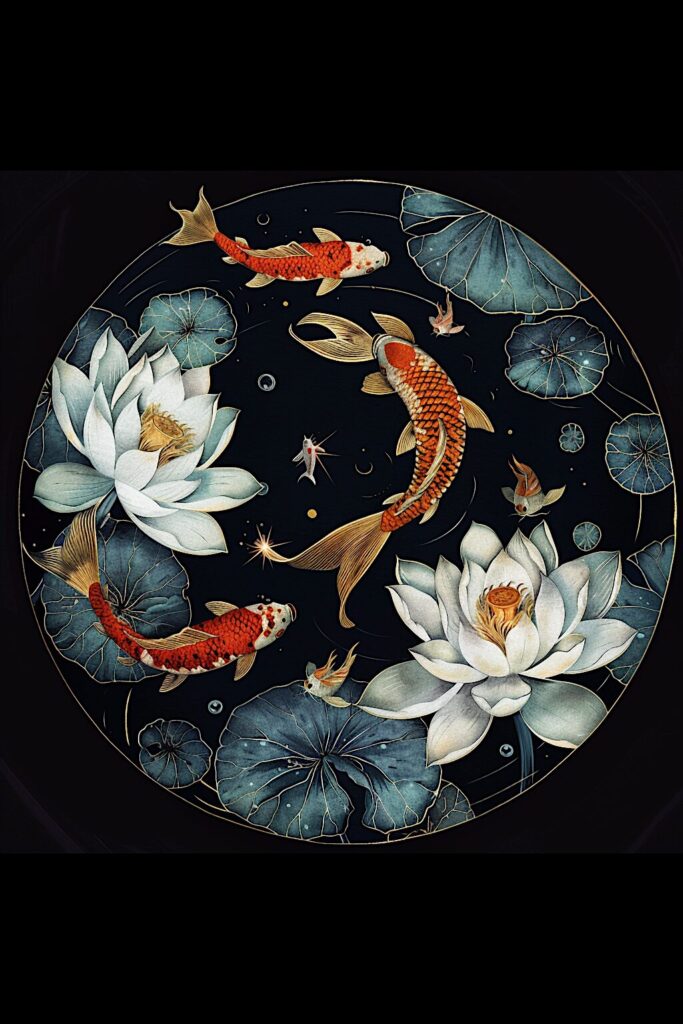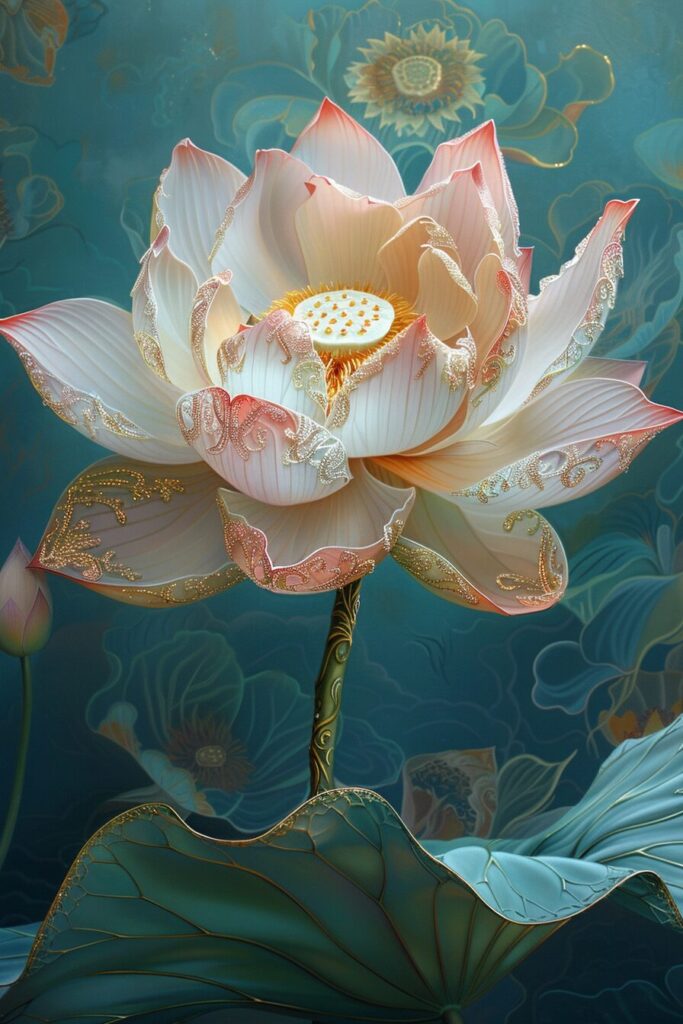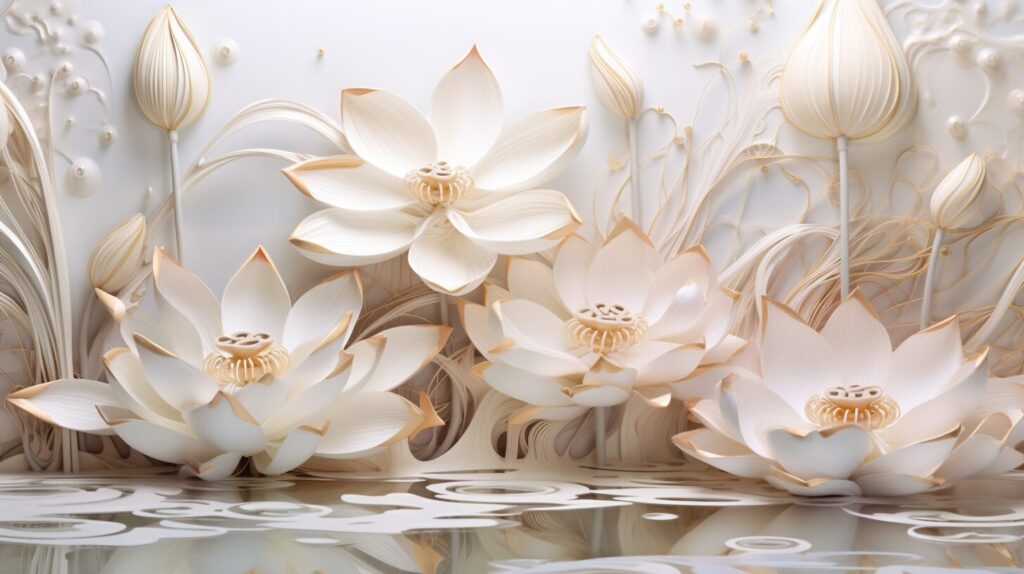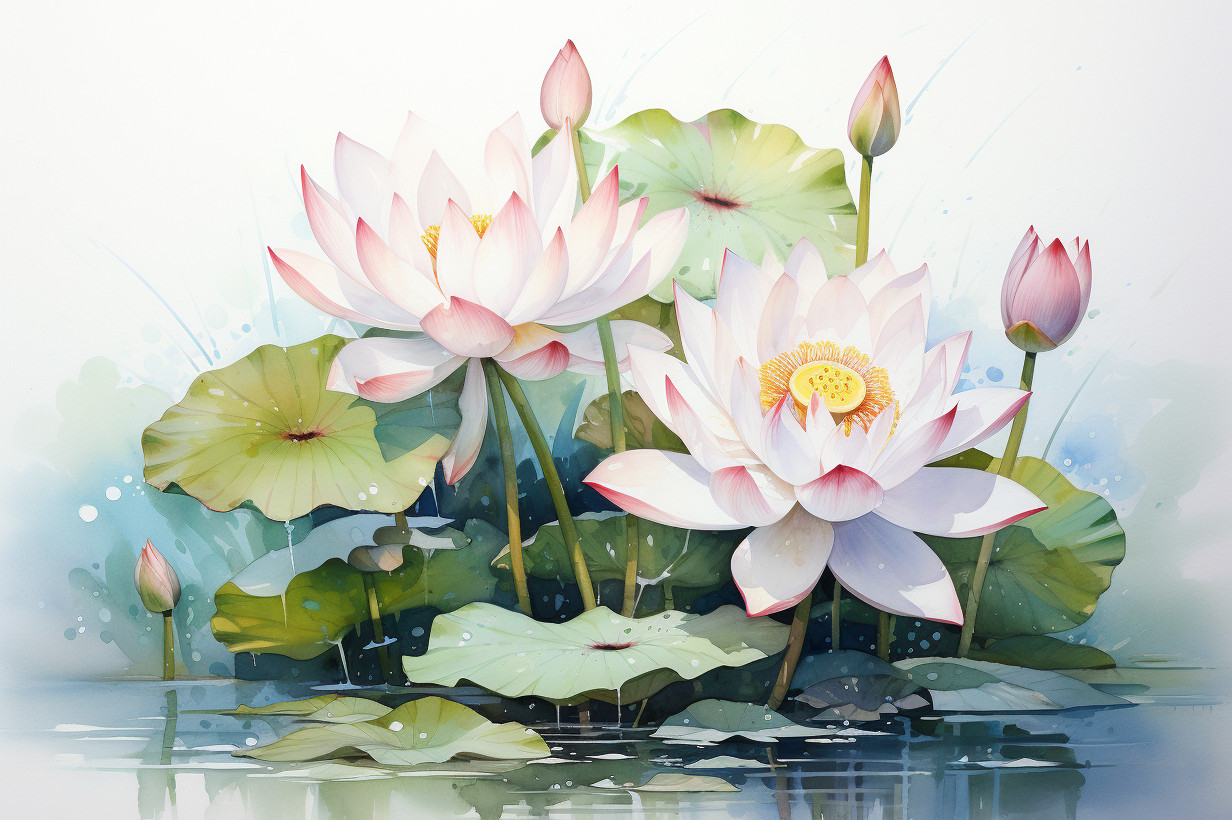Lotus Flowers: Their Charm and Meaning
Lotus flowers hold a honored spot in many parts of the world. Here are 10 reasons on what makes them special, unique, and interesting.
1. Symbol of Purity and Spirituality
Lotus flowers hold deep symbolic meaning in many cultures and religions, especially in Buddhism and Hinduism, where they represent purity, enlightenment, and spiritual awakening. Despite growing in muddy water, the lotus emerges clean and beautiful.
2. Self-Cleansing Ability
Lotus leaves are known for their water-repellent properties due to microscopic structures that allow water droplets to roll off, taking dirt and debris with them. This is known as the lotus effect and has inspired technological advancements in self-cleaning materials.
3. Unique Growth Environment
Lotus flowers thrive in muddy or stagnant water, turning seemingly inhospitable environments into thriving ecosystems. Their ability to rise above the water surface symbolizes resilience and triumph over adversity.
4. Thermoregulation
Lotus flowers can regulate their temperature, maintaining a steady range of 86–95°F (30–35°C) during blooming. This is thought to help attract pollinators, such as beetles, which prefer warm environments.
5. Long Life Span of Seeds
Lotus seeds can remain viable for hundreds, or even thousands, of years. One famous example is a 1,300-year-old lotus seed that successfully germinated after being discovered in a dry lake bed in China.
6. Cultural and Artistic Inspiration
The lotus has inspired countless works of art, architecture, and design across the world. For example, the Lotus Temple in India and the lotus motif in traditional Asian art highlight its enduring cultural significance.
7. Day-Blooming Habit
The lotus flower blooms during the day and closes at night, creating a rhythmic cycle that aligns with the movement of the sun. This makes it a fascinating addition to water gardens, where its daily routine adds a dynamic touch.
8. Nutritional and Medicinal Uses
Different parts of the lotus plant are edible and used in traditional medicine. Lotus roots, seeds, and leaves are consumed in Asian cuisines and valued for their health benefits, including antioxidant and anti-inflammatory properties.
9. Floating Leaves and Adaptability
Lotus plants have large, floating leaves that adapt to changing water levels, helping the plant survive in challenging aquatic environments. Their ability to stabilize ecosystems and prevent soil erosion makes them ecologically significant.
10. Diverse Colors and Varieties
Lotus flowers come in a variety of colors, including white, pink, yellow, and blue, each carrying unique symbolic meanings. These vibrant colors and their large, showy blooms make them a favorite in gardens and ponds around the world.
The lotus flower is not just a botanical marvel but also a symbol of hope, beauty, and resilience, making it one of the most revered plants in human history.
GALLERY
